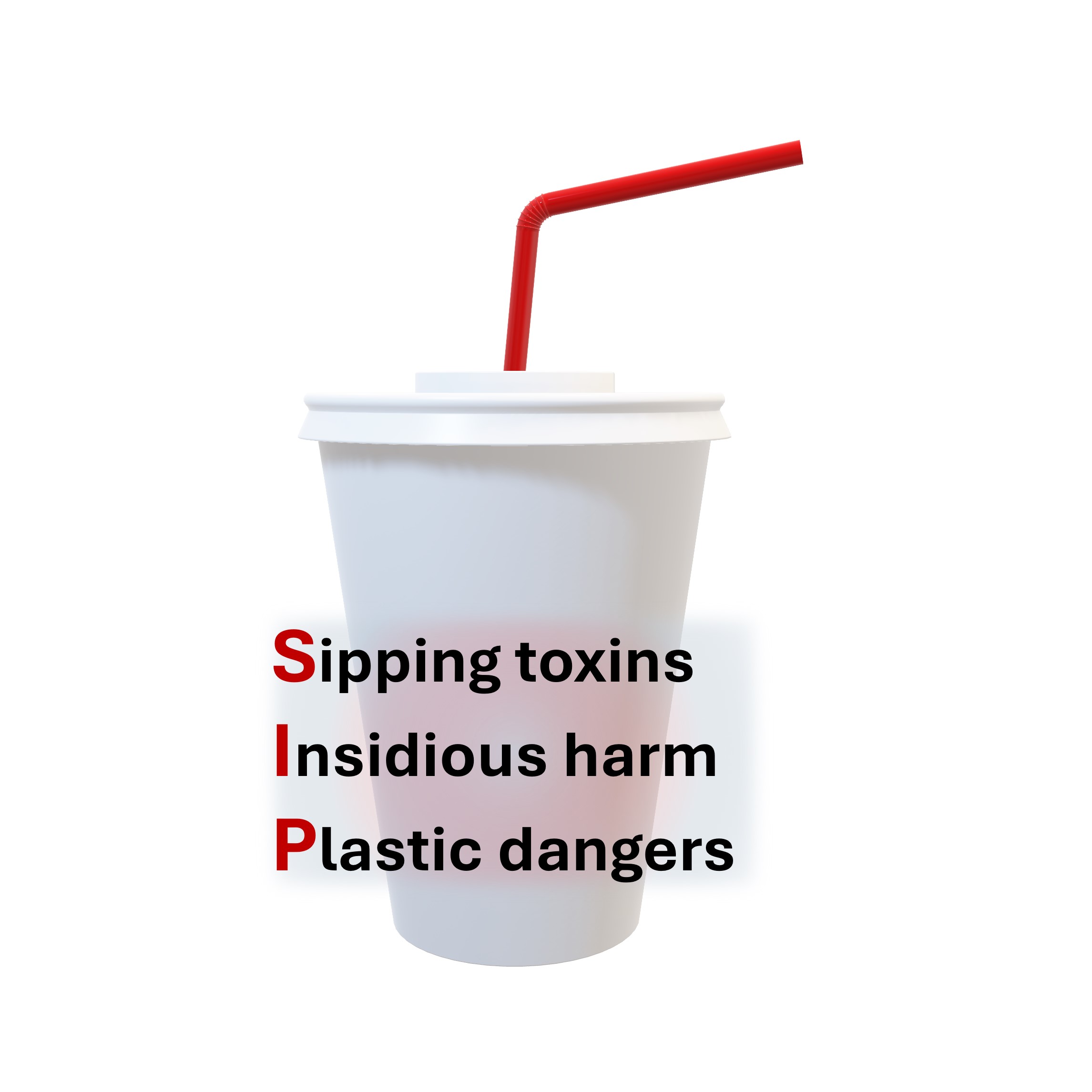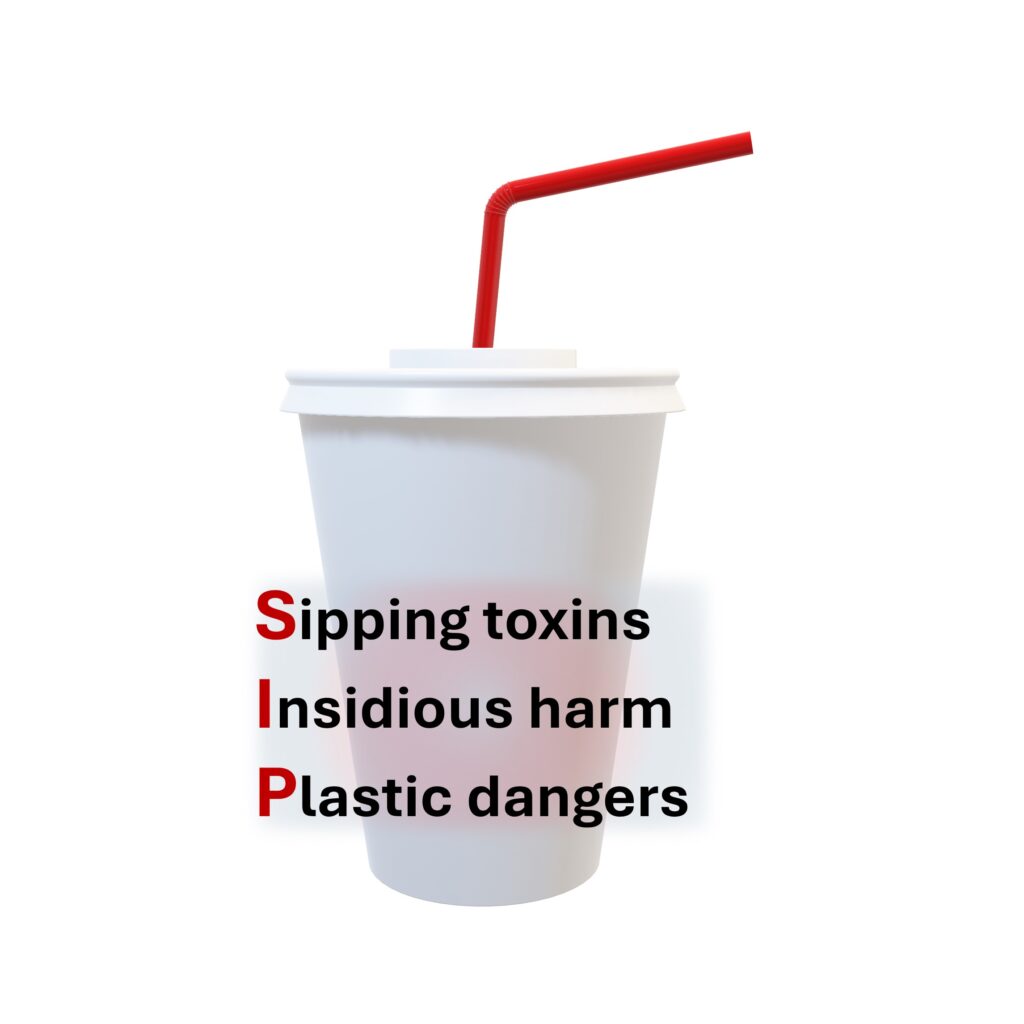Table of Contents
Introduction
In our fast-paced world, plastic and styrofoam convenience often takes precedence over health considerations. This is especially true when it comes to consuming hot beverages. While sipping coffee or tea from a plastic or Styrofoam cup may seem harmless, the reality is far more concerning. These materials, commonly used for their affordability and convenience, can pose significant health risks, particularly when exposed to high temperatures. This blog will delve into the hidden dangers of using plastic and Styrofoam cups for hot drinks, exploring the health issues, environmental impact, and safer alternatives.
Global Statistics
The widespread use of plastic and Styrofoam cups is staggering. According to a report by the World Economic Forum, around 500 billion disposable cups are used globally each year. Of these, a significant portion is made from plastic or Styrofoam. These materials, while convenient, are not designed to withstand the high temperatures of hot beverages, leading to potential health risks for consumers.
Plastic cups, often made from polyethylene terephthalate (PET) or polypropylene (PP), and Styrofoam cups, made from polystyrene, are popular due to their low cost and insulating properties. However, their ubiquity comes at a cost. The Environmental Protection Agency (EPA) estimates that only about 9% of plastic is recycled, with the rest ending up in landfills or the environment, contributing to pollution and health hazards.
Health Issues Associated with Plastic and Styrofoam
When hot liquids are poured into plastic or Styrofoam cups, harmful chemicals can leach into the beverage. These chemicals, including bisphenol A (BPA), styrene, and phthalates, are known to pose various health risks:
1.Bisphenol A (BPA): BPA, commonly found in polycarbonate plastics, can leach into beverages, especially when heated. Studies have linked BPA exposure to hormonal disruptions, reproductive issues, and an increased risk of certain cancers. According to the National Institute of Environmental Health Sciences, BPA can mimic estrogen and other hormones in the body, leading to developmental problems in children and fetuses .
2.Styrene: Styrofoam cups contain styrene, a potential human carcinogen. The International Agency for Research on Cancer (IARC) has identified styrene as a potential human carcinogen. Chronic exposure to styrene can cause neurological issues, respiratory problems, and an increased risk of leukemia and lymphoma .
3.Phthalates: Often used as plasticizers, phthalates can leach into hot beverages from plastic cups. These chemicals are known endocrine disruptors, linked to reproductive abnormalities, asthma, and developmental issues in children .
Other Disadvantages
Beyond health risks, using plastic and Styrofoam cups has several other disadvantages:
1.Environmental Impact: The environmental toll of plastic and Styrofoam is immense. These materials are non-biodegradable, remaining in the environment for hundreds of years. The EPA reports that plastic waste contributes significantly to ocean pollution, affecting marine life and ecosystems. Styrofoam is particularly problematic as it breaks down into microplastics, which are nearly impossible to clean up and can enter the food chain .
2.Waste Management Issues: Most plastic and Styrofoam cups are not recyclable. The recycling process for these materials is complex and often not cost-effective, leading to a majority of these cups ending up in landfills or incinerated, releasing harmful pollutants into the atmosphere.
3.Economic Costs: The environmental damage caused by plastic and Styrofoam waste has economic repercussions. Governments and organizations spend billions annually on cleanup efforts, waste management, and addressing health issues related to pollution.
Alternatives to Plastic and Styrofoam Cups
Given the significant health and environmental risks, it is crucial to consider safer alternatives to plastic and Styrofoam cups. Here are some sustainable options:
1.Reusable Cups: Investing in reusable cups made from stainless steel, glass, or ceramic is an excellent way to reduce reliance on disposable cups. These materials are safe for hot beverages and can be used multiple times, reducing waste and environmental impact.
2.Biodegradable Cups: Cups made from biodegradable materials like paper, cornstarch, or bamboo are becoming increasingly popular. These cups break down naturally and do not release harmful chemicals when heated, making them a safer choice for hot drinks.
3.Compostable Cups: Similar to biodegradable cups, compostable cups are designed to break down in composting facilities. These cups are often made from plant-based materials and are an eco-friendly alternative to plastic and Styrofoam.
4.Silicone Cups: Silicone cups are durable, heat-resistant, and reusable. They are an excellent alternative for those seeking a portable and sustainable option for their hot beverages.
Future Aspects
As awareness of the health and environmental risks associated with plastic and Styrofoam grows, there is a shift towards more sustainable practices. Future directions include:
1.Innovative Materials: Research and development are underway to create new materials that are both safe for consumers and environmentally friendly. These innovations aim to replace traditional plastic and Styrofoam with alternatives that do not compromise on convenience or safety.
2.Policy and Regulation: Governments worldwide are implementing stricter regulations on single-use plastics and Styrofoam. Bans on these materials, coupled with incentives for using sustainable alternatives, are expected to drive significant change.
3.Consumer Awareness: Increasing public awareness about the risks of plastic and Styrofoam is crucial. Education campaigns and initiatives can encourage consumers to make more informed choices and adopt sustainable practices.
4.Corporate Responsibility: Companies are beginning to take responsibility for their environmental impact. Many businesses are committing to reducing plastic waste and adopting sustainable packaging solutions, driven by both regulatory pressures and consumer demand.
Conclusion
The convenience of plastic and Styrofoam cups for hot beverages comes at a considerable cost to health and the environment. The chemicals leached from these materials pose serious health risks, while their non-biodegradable nature contributes to environmental pollution. By choosing safer alternatives and supporting sustainable practices, we can mitigate these risks and protect both our health and the planet. As consumers, businesses, and policymakers work together towards this common goal, the future looks promising for a more sustainable and health-conscious approach to enjoying our favorite hot drinks.
References
1.National Institute of Environmental Health Sciences. (n.d.). Bisphenol A (BPA). https://www.niehs.nih.gov/health/topics/agents/sya-bpa/index.cfm
2.International Agency for Research on Cancer. (n.d.). Styrene, Styrene-7,8-oxide, and Quinoline. https://publications.iarc.fr/Book-And-Report-Series/Iarc-Monographs-On-The-Identification-Of-Carcinogenic-Hazards-To-Humans/Styrene-Styrene-7-8-oxide-And-Quinoline-2019
3.Environmental Protection Agency. (n.d.). Plastics: Material-Specific Data. https://www.epa.gov/facts-and-figures-about-materials-waste-and-recycling/plastics-material-specific-data
4.World Economic Forum. (2016). The New Plastics Economy: Rethinking the future of plastics. http://www3.weforum.org/docs/WEF_The_New_Plastics_Economy.pdf
5.National Geographic. (2018). Planet or Plastic? https://www.nationalgeographic.com/environment/planetorplastic/
6.Greenpeace. (2020). Throwing Away the Future: How Companies Still Have It Wrong on Plastic Pollution Solutions.www.greenpeace.org
7.Joseph, A., N. Parveen, V. P. Ranjan and S. Goel (2023). “Drinking hot beverages from paper cups: Lifetime intake of microplastics.” Chemosphere 317: 137844. https://www.sciencedirect.com/science/article/abs/pii/S0045653523001108
8.Tiny Threats to Human Health via Nano and Microplastic Polymers. https://scifocos.com/tiny-threats-to-human-health-via-nano-and-microplastic-polymers/


